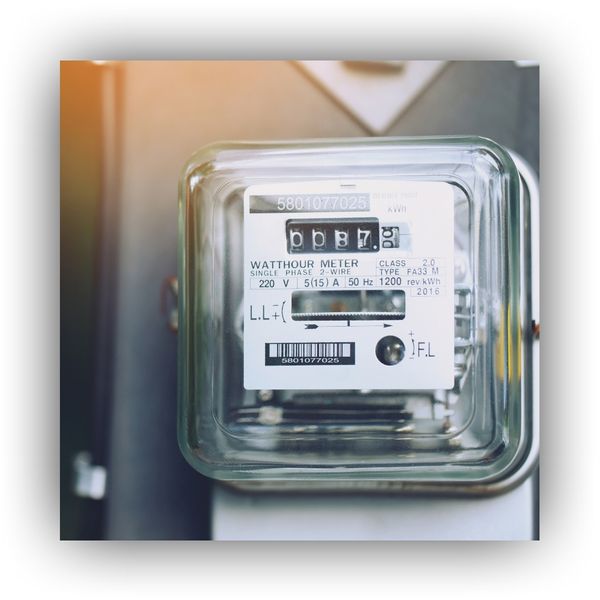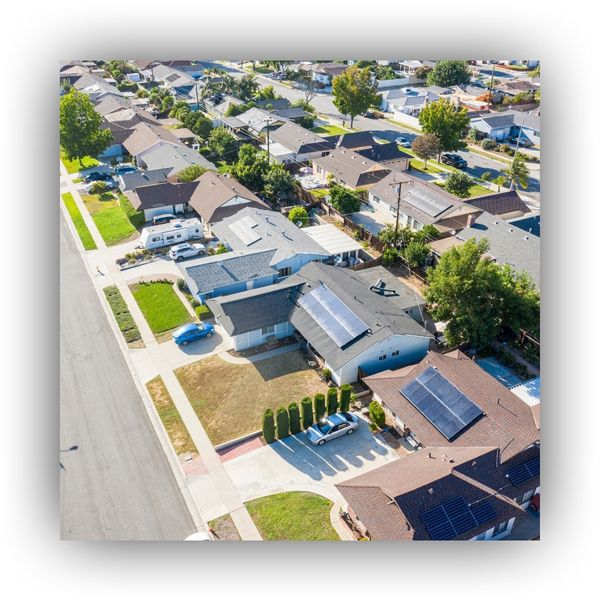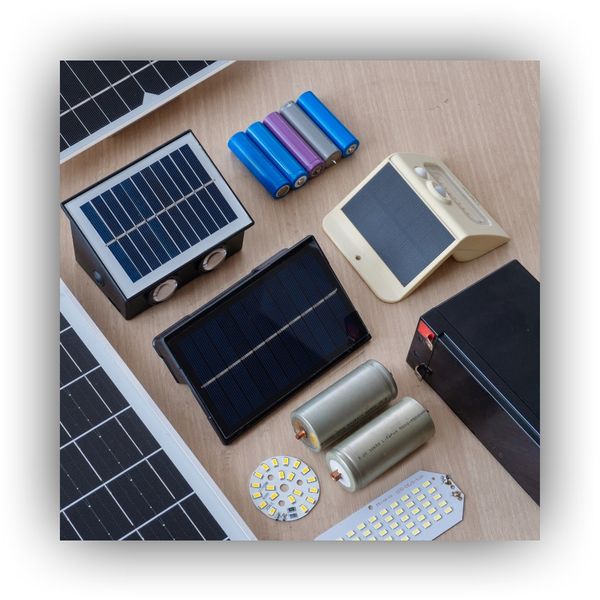If you’ve invested in rooftop solar to reduce energy costs and support clean energy in California, recent net metering cuts may have you concerned. The shift to NEM 3.0 is changing how homeowners are compensated for the electricity their solar panel systems produce, with significant implications for both current and future solar owners. At Sparky Electric & Solar, we’re here to break down what these changes mean for you and what steps you can take to protect your investment.
What You Should Know About California’s Net Metering Cuts

What’s Changing with NEM 3.0?
Net Energy Metering (NEM) 3.0 represents a shift in how rooftop solar customers in California are compensated for excess energy sent back to the grid. Previous programs (NEM 1.0 and 2.0) allowed homeowners to receive retail rates for their excess energy, but under NEM 3.0, compensation has dropped to “avoided cost” rates—up to 80% lower. This change stems from concerns over cost-shifting, where non-solar customers subsidize their solar neighbors through higher rates.

Who Is Affected by the Changes?
The California Public Advocates Office (PAO) has proposed that even those previously grandfathered into NEM 1.0 and 2.0 could be forced onto the new NEM 3.0 structure. This would occur either when a home is sold or after 10 years of interconnection, threatening long-term solar savings for many.

Financial Impact on Solar Customers
For those who have already invested in rooftop solar, the shift to NEM 3.0 could feel like a financial blow. Many homeowners expected their net metering agreement to cover the lifespan of their solar system—often 25 years or more. Now, with rates fixed to the time the agreement was signed, compensation may no longer keep pace with rising utility rates, eroding the long-term value of your system.

Batteries Are More Important Than Ever
One positive outcome of NEM 3.0 is the growing interest in battery energy storage systems. More than half of new solar installations in California now include batteries, allowing homeowners to store excess energy and use it during peak demand times when utility rates are highest.
Batteries can help smooth out the duck curve that happens when there is a disconnect between when solar panels produce energy and when it’s needed most. By storing energy during low-demand hours and using it when rates are higher, homeowners can maximize their solar savings despite lower export rates under NEM 3.0.
The battle over NEM 3.0 is far from over, with legal challenges currently working their way through the courts. Solar advocates like the California Solar and Storage Association (CALSSA) are fighting for fair compensation and protections for homeowners who have already invested in solar. As one of the leading solar power companies in Sacramento, Sparky Electric & Solar specializes in optimizing solar panel systems to help our customers maximize their energy savings. Contact us today for more information!
